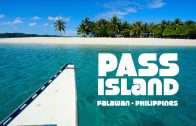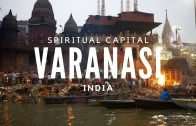Coron Island
Coron Island is the ancestral domain of an indigenous tribe who manage the island in a sustainable way, keeping outsiders at a distance and offshore at night.
A wedge-shaped mountainous island, dominated by steep cliffs and rock formations made of limestone of Jurassic origin.
Coron Island is the third-largest island in the Calamian Islands in northern Palawan in the Philippines, about 170 nautical miles (310 km) southwest of Manila and is known for several Japanese shipwrecks of World War II. Because of its unique ecological features, the entire area is protected by several legal proclamations.
Partially between Busuanga and Culion islands, Coron Island faces the Sulu Sea and forms the eastern side of Coron Bay. It is about 20 kilometres (12 mi) long from north to south, and 9 kilometres (5.6 mi) at its widest point.
Attractions on Coron Island include many beautiful white sand beaches, mostly tiny and surrounded by large limestone cliffs and wildlife. Barracuda and Kayangan lakes are both stunning locations, and good for snorkelling. There are 11 lakes nestled in the rugged terrain, of which 3 have underground connections to the sea. There are a few mangroves in coastal areas.
The island and surrounding fishing grounds are part of the ancestral domain of the indigenous Tagbanwa people, officially designated such on June 5, 1998.
The first inhabitants of Coron were the Tagbanuas who belong to the second wave of Indonesians who migrated to this area some 5,000 years ago.
They were a nomadic, seafaring people, living mainly by fishing and subsistence agriculture. Although they are now sedentary (with the young using cell phones, etc.), they maintain many of their old customs, traditions and beliefs. Today, the Tagbanuas remain the dominant if the not entire population of Coron Island.
On June 17, 1950, Busuanga was created as a separate municipality from Coron.















